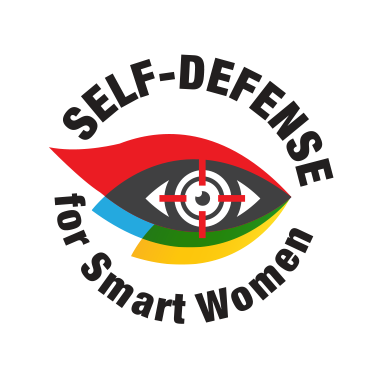“Do No Harm” self-defense training
Violence is a major problem in health care settings
- 37% of all nurses report having been physically attacked on the job; 82% told allnurses.com that they would welcome self-defense training
- 54% of physicians in EDs have been attacked; 47% of all hospital physicians report being victims of physical violence at work
Threats can come from anywhere
While some threats of violence are predictable, some can seemingly come from nowhere. Given the right circumstances, a normally even-tempered person can suddenly become dangerous. A few examples:

- Patients who become angry or agitated
- Spouses, other family members, or friends of a patient
- Disgruntled employees
- Random people who have slipped past security guards
Most hospitals have taken steps to reduce the growing risk of violence to staff and patients:
- Added metal detectors and more security guards
- Require staff to wear badges with barcoded IDs to enter locked areas
- Improved lighting in dark or dangerous areas
- Trained staff in de-escalation techniques
- Given nurses and other health care workers wireless panic buttons
Why many health professionals still don’t feel safe
While many hospitals are trying to improve safety, improvements tend to be based on technology rather than on thwarting an actual attack.
Concern for liability also can prevent more active self-defense preparation. Policies on self-defense differ from state to state and hospital to hospital. Often, however, if you’re a health professional who is physically assaulted, you are not permitted to fight back. Striking a violent patient in self-defense--even one who is wielding a weapon—could put you in danger of:
- Losing your job
- Losing your professional license
- Being sued, along with the hospital in which you’re working, by the patient who attacked you or by that patient’s family.
In the event of a violent attack, many health professionals are taught to:
- Yell for help
- Stand with their arms crossed and covering their faces
- Try running from the room; or
- Wait for assistance
A better way: “Do No Harm” self-defense
Self-defense for Smart Women has developed real self-defense techniques designed especially for health care professionals.
The advantages of our training program:
Stop an attack without harming the attacker—Students learn to physically stop an attack without hitting, striking, kicking, or otherwise harming the attacker.
Prevent and stop violent attacks by any attacker in any health care setting
Follow professional “Do no harm” guidance—reduce likelihood of harming the attacker
Self-defense that doesn’t jeopardize your job or professional license
Cut risk of liability—Eliminate fear of a legal judgment against you or your hospital or health care organization
Who can benefit from the “Do No Harm” training program?
You, your staff, your colleagues, your hospital, or other health care organization.
Anyone who works in a healthcare setting would benefit from our “Do No Harm” Self-defense Training for Health Care Professionals.” Among them:
- Nurses
- Physicians
- Substance abuse or psychiatric counselors
- Medical technicians
- LPNs and aides
- Administrative staff members
Easy, customized, and convenient training
Every one of our classes is customized for each individual.
We can teach you how to defend yourself from an attacker, regardless of your age, size, fitness level, or abilities.
What you and your co-workers will learn
Avoidance and prevention
Avoidance and prevention are always the best strategies. To that end, we start all training with solid guidance about recognizing situations that could lead to violent attacks. We teach you to identify the specific behaviors that indicate the likelihood of violence.
De-escalation
Then, we reinforce de-escalation techniques tailored to the circumstances you and your colleagues face at work.
Disabling the attacker


